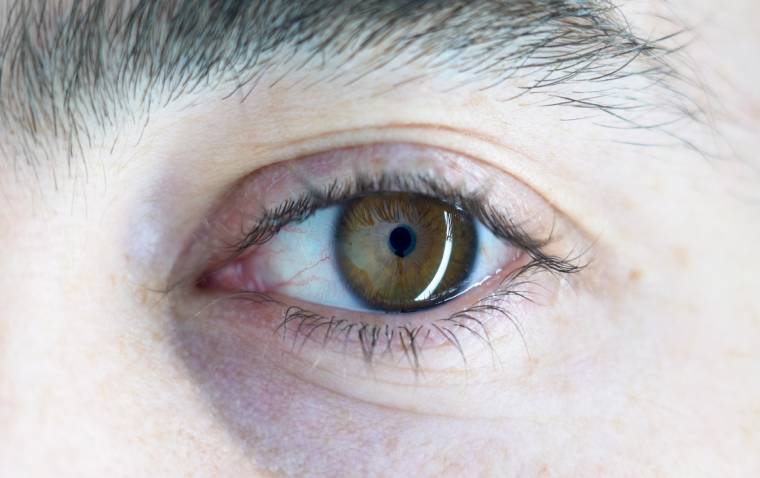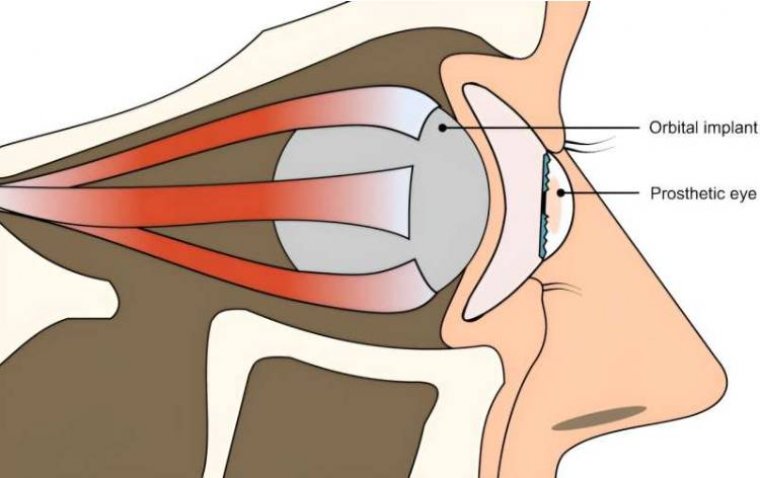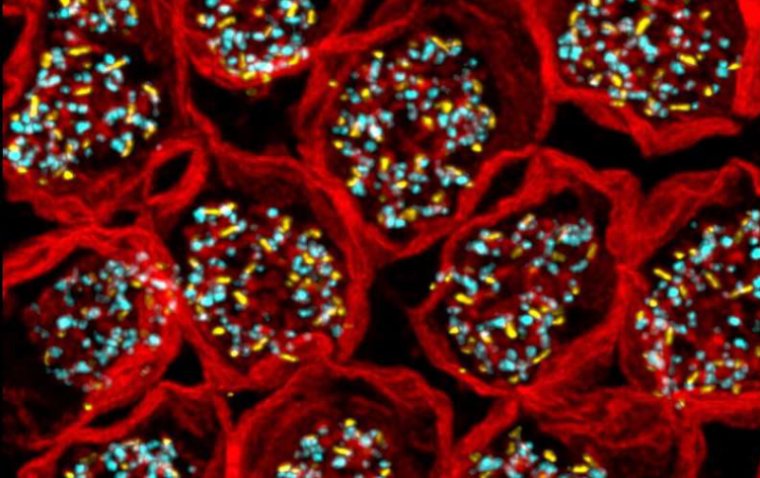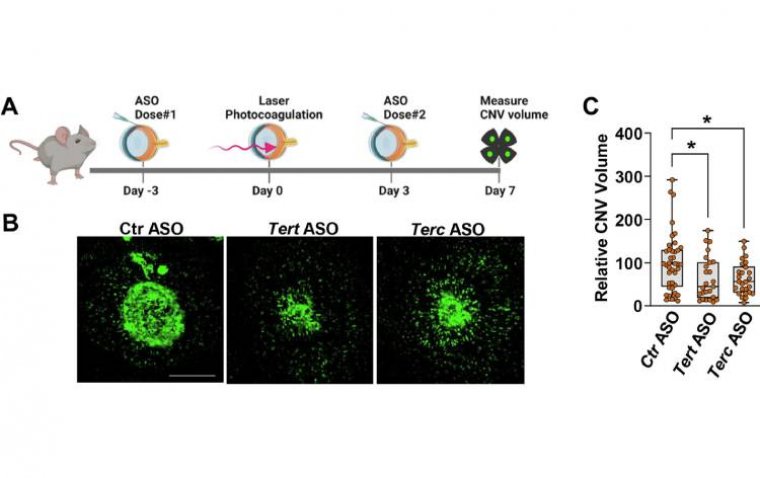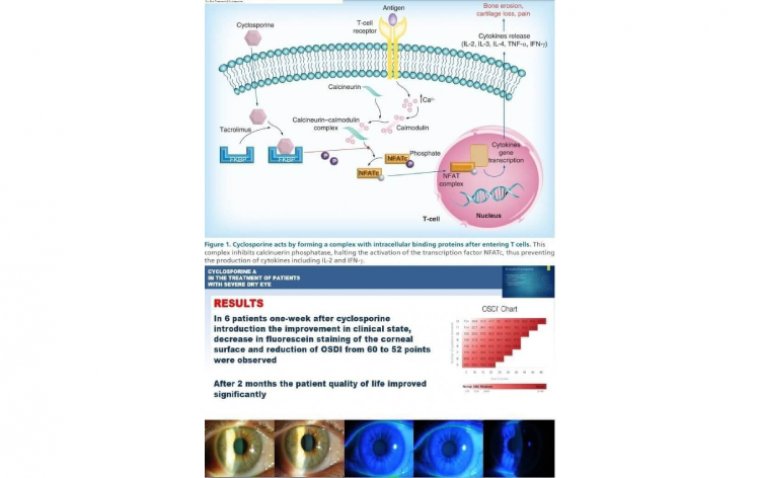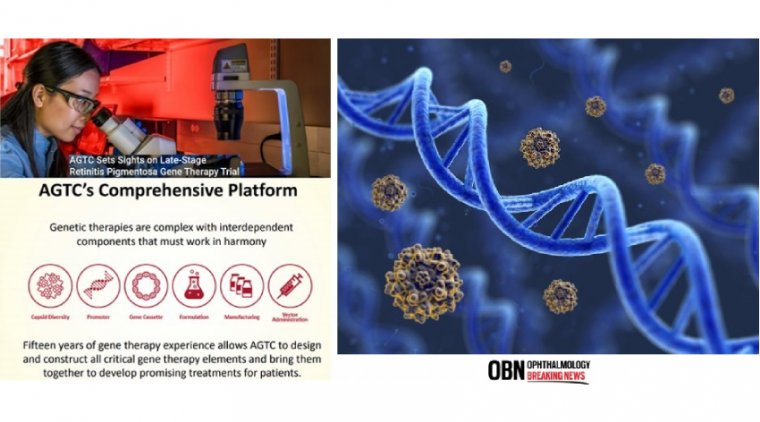
AGTC-501 Gene Therapy Offers Vision Gains for X-Linked RP
Inherited retinal diseases (IRDs), also referred to as inherited retinal dystrophies, are a clinically and genetically heterogeneous group of neurodegenerative disorders, primarily involving photoreceptors, retinal pigment epithelium (RPE), and/or the choroid.
Taken as a whole, IRDs have an estimated global prevalence of about 1 in 2,000 individuals, affecting more than two million people worldwide, and standing out as the leading cause of blindness in the Western working-age population
AGTC-501 (Applied Genetic Technologies Corporation), a novel gene therapy in development for the potential treatment of X-linked retinitis pigmentosa (RP), showed an acceptable safety profile and visual function improvements when administered in the study’s higher dose groups.
Patients with X-linked RP, an inherited retinal disease that begins in childhood, are characterized by night blindness, progressive loss of peripheral vision, and eventual loss of central vision.
Affected patients have access to only 1 approved treatment, voretigene neparvovec-rzyl (Luxturna; Spark Therapeutics) for RPE65, which represents about 1% of RP.
About X-linked Retinitis Pigmentosa (XLRP)
X-linked Retinitis Pigmentosa (XLRP) is an inherited condition that causes progressive vision loss in boys and young men. Characteristics of the disease include night blindness in early childhood and progressive constriction of the visual field.
In general, XLRP patients experience a gradual decline in visual acuity over the disease course, which results in legal blindness around the 4th or 5th decade of life.
About AGTC-501
AGTC-501 (laruparetigene zosaparvovec), the Company’s lead gene therapy development program, uses an engineered AAV vector to insert a stabilized and functional copy of the Retinitis Pigmentosa GTSase Regulator (RPGR) gene into a patient’s photoreceptor cells.
AGTC-501 is comprised of that stabilized RPGR gene and a promoter that was specifically selected due to its ability to drive efficient gene expression in rods and cones, maintain photoreceptor function and delay disease progression in large animal, naturally occurring preclinical models of XLRP.
In addition, published NHP studies have demonstrated that AGTC’s proprietary AAV capsid has as much as twice the transfection efficiency in photoreceptors compared to capsids used in competing programs.
AGTC was granted U.S. Food and Drug Administration (FDA) orphan drug designation in 2017, as well as European Commission orphan medicinal product designation in 2016, for its gene therapy product candidate to treat XLRP caused by mutations in the RPGR gene.
About AGTC
AGTC is a clinical-stage biotechnology company developing genetic therapies for people with rare and debilitating ophthalmic, otologic and central nervous system (CNS) diseases.
AGTC is a leader in designing and constructing all critical gene therapy elements and bringing them together to develop customized therapies with the potential to address real patient needs.
AGTC’s most advanced clinical programs leverage its best-in-class technology platform to potentially improve vision for patients with an inherited retinal disease. AGTC has active clinical trials in X-linked retinitis pigmentosa (XLRP) and achromatopsia (ACHM CNGB3 and ACHM CNGA3).
Its preclinical programs build on the company’s industry leading AAV manufacturing technology and scientific expertise.
AGTC is advancing multiple important pipeline candidates to address substantial unmet clinical need in optogenetics, otology and CNS disorders, and has entered into strategic collaborations with companies including Otonomy, Inc., a biopharmaceutical company dedicated to the development of innovative therapeutics for neurotology, and Bionic Sight, LLC, an innovator in the emerging field of optogenetics and retinal coding.
AGTC-501 (Applied Genetic Technologies Corporation), a novel gene therapy in development for the potential treatment of X-linked retinitis pigmentosa (RP), showed an acceptable safety profile and visual function improvements in the study’s higher dose groups, according to Robert A. Sisk, MD, FACS, from the Cincinnati Eye Institute in Ohio.
Sisk outlined the safety and efficacy findings of a phase 1/2 study of AGTC-501 gene therapy, a recombinant adeno-associated virus (AAV) 2 vector, for X-linked RP resulting from mutations in the RPGR gene, which accounts for 10% of RP cases.
AGTC-501 Trial
This study was a 12-month open-label, dose-escalation trial that included 29 male patients aged 6 years and older with the RPGR mutation. All patients were treated with 1 subretinal injection in the study eye.
The first 9 patients received peripheral retinal injections as part of a safety assessment, which was the primary outcome, and the rest of the patients were treated centrally. The safety assessment also included immunologic responses to the AAV capsid and the RPGR proteins expressed, Sisk explained.
Key secondary outcomes included visual function measured by microperimetry (Macular Integrity Assessment) and retinal structure seen on optical coherence tomography (OCT).
Safety and Vision Results with AGTC-501
The safety results showed that no serious adverse events were related to the treatment. The initial surgical approach resulted in 4 peripheral retinal detachments related to dosing targeting the peripheral retina.
The detachments did not occur when the central retina was targeted. Grade 1 to 2 intraocular inflammation developed in about 20% (5/29) of patients and all were reported as resolved.
About one-third of the patients had intraocular pressure elevations related to corticosteroid use and all have resolved without IOP related morbidities. The immunologic results did not suggest safety concerns.
The microperimetry sensitivity improved at month 12 in all centrally dosed patients across the central 36 points, which corresponds to the most anatomically and functionally intact areas in the patient population, he explained.
Sisk also noted that the FDA has accepted a change of 7 or more decibels in 5 or more loci in the central microperimetry as clinically meaningful.
During the course of the study, the investigators observed that patients without foveal ellipsoid zone (EZ) integrity before the treatment did not have improved microperimetry.
When those patients were excluded from analysis, 50% of patients were responders to treatment. Another 2 patients also had significant improvements in microperimetry compared with the untreated fellow eye.
Optimizing Outcomes with AGTC-501
In addition to avoiding treatment targeting the peripheral retina, patient selection is paramount to achieve the best results. “Advanced disease with absence of baseline microperimetry or a foveal EZ line precluded meaningful microperimetry or visual benefits,” Sisk said.
Clinical trials of AGTC-501 for the potential treatment of X-link RP are continuing. The Skyline trial (NCT03316560) is an expansion of this phase 1/2 clinical trial, and the Vista trial (NCT04850118) is a phase 2/3 safety and efficacy clinical trial.
(1).jpg)

